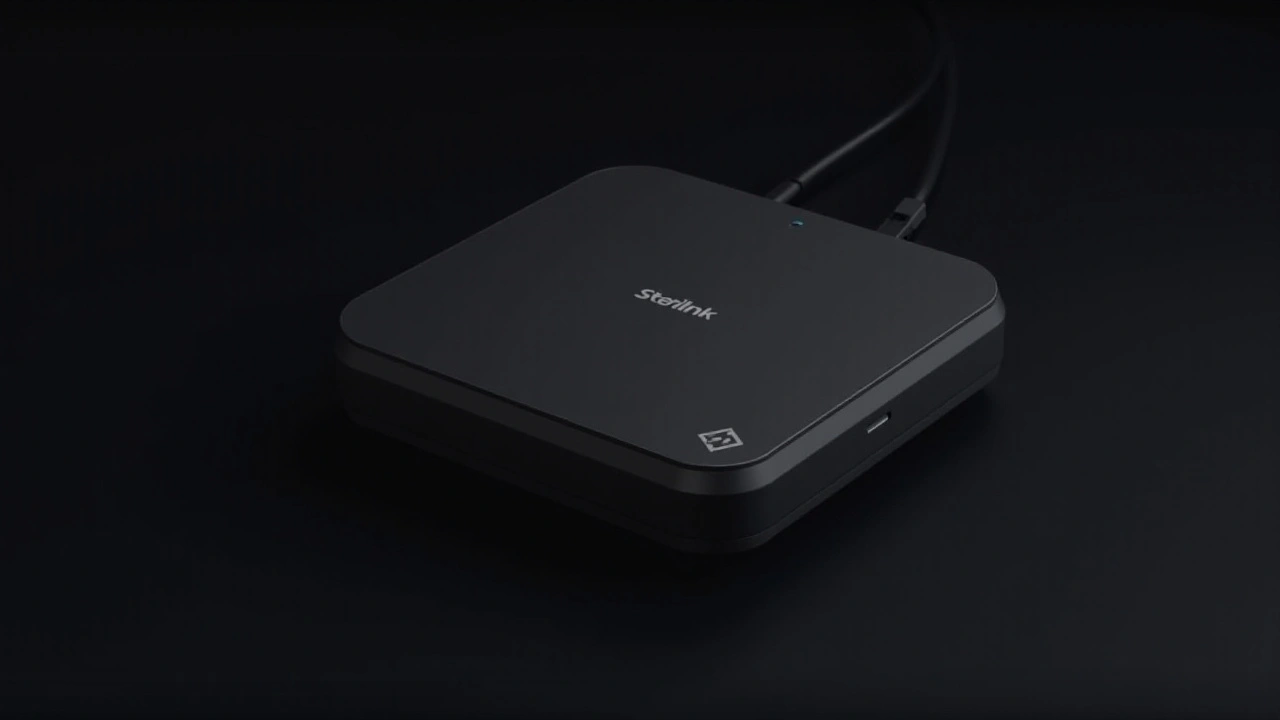Starlink: What You Should Know About SpaceX’s Internet Revolution
Ever heard of Starlink? It's SpaceX’s big idea to bring fast internet to almost every corner of the globe using satellites. Instead of relying on cables or traditional towers, Starlink beams signals from space to your home, offering high-speed internet where it's been hard to get before.
So, how does it work? Starlink uses a network of small satellites in low Earth orbit, circling much closer to us than typical satellites. This proximity boosts internet speed and cuts down on delays — or latency — making your online experience smoother, whether you’re streaming movies, working remotely, or gaming.
Why Starlink Matters
Here’s the cool part: many rural or remote areas lack reliable internet, usually due to the high cost of laying cables or building cell towers. Starlink skips all that by sending signals directly from space. People living in the countryside, travelers on boats, or even emergency crews in disaster zones can get connected faster than before.
Another plus is that Starlink keeps expanding. SpaceX regularly launches new batches of satellites, increasing coverage and improving service quality. It's aiming to serve millions worldwide, from tiny villages to far-flung spots where internet once seemed impossible.
What To Expect and Consider
Setting up Starlink is straightforward — you get a dish that automatically aligns with satellites overhead. But keep in mind, like any technology, it has limits. Weather can affect signal strength, and while speeds are impressive, they might fluctuate depending on where you are and network traffic.
Pricing is competitive but might be pricier than urban broadband for now. Still, the benefit of having reliable internet where none existed might outweigh the cost for many users. Plus, the tech is evolving quickly, so prices could drop and speeds could rise over time.
Starlink is part of a bigger trend where space technology is changing daily life. Whether you’re curious about how satellites power your internet or looking for better options where you live, Starlink is a name to watch. It promises to reshape how billions around the world stay connected.

Starlink Mini Devices Launched in Kenya: A New Era of Internet Connectivity
SpaceX's Starlink has launched mini devices in Kenya, following approval from the Communications Authority of Kenya. This move aims to enhance internet access in remote and underserved areas, supporting the nation's digital transformation efforts. Consumers can now order these portable and high-speed internet devices, promising speeds of up to 150 Mbps.